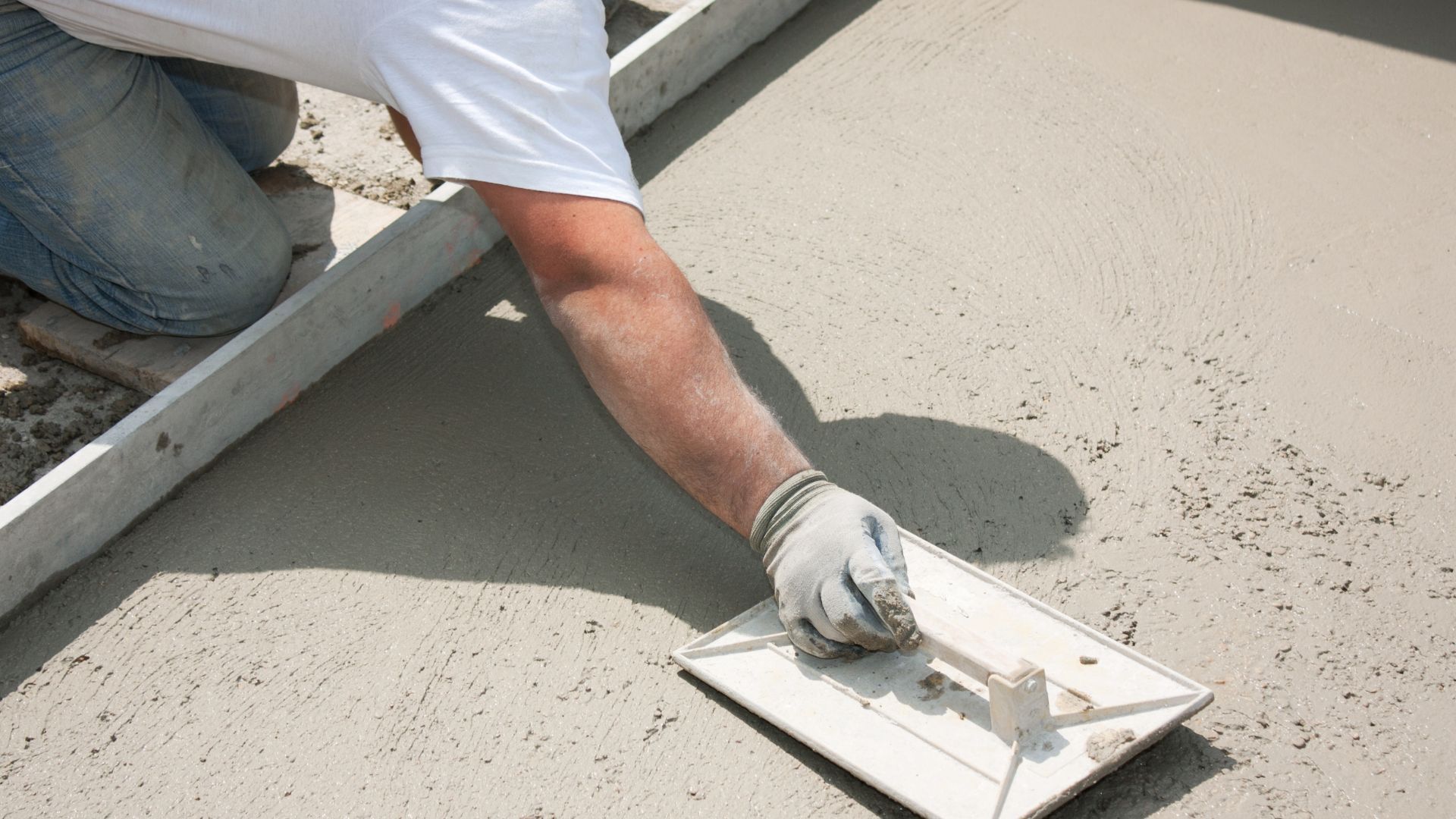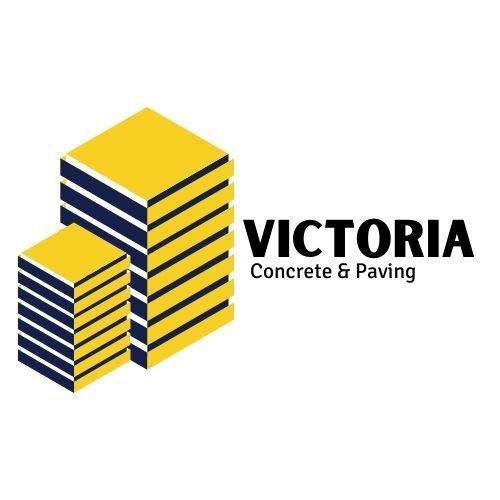Strategies for Residential Concrete Pavement Upkeep (UV Resistance, Crack Sealing, & More)
While concrete is a highly durable material, it is not invincible. Over time, exposure to various elements and stresses can lead to "distress," a broad term encompassing any deterioration that affects the pavement's performance.
“Concrete and paving services near me” in Victoria discuss varying preventative measures for concrete pavement upkeep. Recognizing and understanding these distress mechanisms is necessary for proactive maintenance and preventing further damage.
Concrete distress can be categorized based on its primary impact:
- Structural Distress: This most critical category signifies a loss of structural integrity. Examples include spalling (chunks breaking off), faulting (uneven slabs), and tilting slabs. These issues can compromise the pavement's load-bearing capacity and pose safety hazards.
- Durability Distress: This category encompasses aesthetic and functional issues that don't necessarily affect structural integrity. Examples include surface wear, cracking, and loss of texture. While not posing immediate safety risks, durability distress can detract from the pavement's appearance and lead to further issues if left unaddressed.
- Functional Distress: This category refers to issues that hinder the pavement's intended use. Examples include excessive pooling of water, loss of skid resistance, and uneven surfaces. These issues can make the pavement uncomfortable or even dangerous to walk or drive on.
Proactive Defense: Techniques to Prevent Concrete Woes
An ounce of prevention is worth a pound of cure, and this rings especially true for concrete pavement. Here are some key techniques for a proactive defense:
Sealing the Deal: Crack Sealing for Long-Term Health
Cracks are the entry points for moisture, deicing salts, and other elements that can accelerate concrete deterioration. Here are the different types of cracks:
Corner Cracks
These typically appear at 45-degree angles along edges or corners. They can be caused by shrinkage, overloading, or settlement.
Diagonal Cracks
These run diagonally across concrete slabs and can be caused by shrinkage, foundation movement, or corner stress concentrations.
Transverse Cracks
These run perpendicular to the direction of placement or traffic flow. They are caused by drying shrinkage, or curling of the slab.
Choosing the right sealant
- Polyurethane Sealants: These flexible sealants are ideal for moving cracks, such as diagonal cracks or those wider than 1/4 inch. They offer excellent adhesion and weather resistance.
- Silicone Sealants: These flexible sealants are well-suited for smaller cracks (less than 1/4 inch) and expansion joints. They accommodate slight movement and offer good weather resistance.
- Epoxy Sealants: These rigid sealants are effective for filling and bonding larger cracks (greater than 1/4 inch) with minimal movement. They provide superior strength and chemical resistance.
Battling the Elements: Enhancing UV Resistance
Concrete boasts durability, but even this material can succumb to sunlight's assault. Ultraviolet (UV) radiation can degrade the surface layer of concrete, leading to a loss of aesthetics and functionality.
Understanding UV Degradation
- Surface Scaling: Prolonged UV exposure weakens the near-surface concrete, causing it to become brittle and flake off. This not only detracts from the visual appeal but can also expose underlying aggregates and increase the risk of further deterioration.
- Color Fading: UV light can break down pigments within the concrete, leading to a gradual loss of color vibrancy and a washed-out appearance. This is particularly noticeable in coloured or architectural concrete.
Types of UV Protection
Penetrating Silanes
These clear or translucent liquids chemically react with the concrete to form a hydrophobic barrier. This reduces water absorption and minimizes the leaching of calcium hydroxide, a key component for strength and stability. Silanes also offer some UV protection by shielding the concrete from the sun's harmful rays.
Acrylic Cure and Seals
These topical coatings create a thin film on the concrete surface. They come in various finishes, from matte to high-gloss, and can also enhance stain resistance. However, they may require more frequent reapplication, especially in high-exposure areas.
Pigmented Sealants
These combine UV protection with decorative enhancements. They contain pigments that not only restore or enhance the concrete's color but also act as sunscreen, absorbing or reflecting UV radiation. These sealants are particularly suitable for colored or architectural concrete.
Control Joints
Concrete, like most materials, expands and contracts with temperature fluctuations. Uncontrolled movement due to these thermal stresses can lead to random cracking. Control joints are strategically placed sawcuts or formed grooves that act as designated weak points, guiding cracking in a controlled manner.
Types of Control Joints
Contraction Joints (Sawcut Joints)
These are the most common type. They are cut into the concrete slab after it has cured enough to prevent uncontrolled cracking but before it becomes too stiff. The depth of the joint is usually around ¼ of the slab thickness.
Expansion Joints
These joints separate entirely different concrete pours or where concrete meets another material like brick or asphalt. They are wider than contraction joints (½ inch or more) to accommodate the greater movement at these points. Filler materials or joint seals are used in expansion joints to prevent water infiltration and debris accumulation.
Isolation Joints
Similar to expansion joints, these separate concrete slabs from structures like buildings or foundations. They are crucial to prevent stress transfer between dissimilar materials.
Corrective Techniques: Addressing Existing Damage
Cracks in concrete pavement are not always a death sentence. For various types of damage, corrective techniques can restore functionality and even improve aesthetics.
- Routing and Sealing: This approach is ideal for small to medium cracks (up to ½ inch wide). A groove wider than the actual crack is created using a concrete saw to improve sealant adhesion. The chosen sealant, typically a flexible polyurethane or epoxy, is then applied to fill the routed groove and prevent water infiltration.
- Crack Stitching: For wider cracks that threaten structural integrity, crack stitching offers a more robust solution. This technique involves drilling small holes across the crack and injecting a high-strength epoxy resin under pressure. The epoxy fills the crack and bonds the surrounding concrete, restoring strength and stability.
Mudjacking (Lifting Sunken Slabs Back to Level)
Mudjacking is a corrective technique specifically suited for addressing uneven concrete slabs that have settled or sunken over time. This process involves drilling small holes into the slab and injecting a cementitious grout mixture (often referred to as "slurry") beneath the settled area. The grout fills the voids and lifts the slab back to its original level. Mudjacking is a minimally invasive technique and can be a cost-effective solution for restoring level and functionality to sunken concrete surfaces.

Safeguarding Your Investment with Victoria Concrete and Paving
By implementing these proactive measures and repairs, you can ensure your concrete pavement remains beautiful and functional. For expert advice and high-quality concrete and paving services, contact Victoria Concrete and Paving today. Our team of professionals can help you extend the lifespan of your concrete and keep your outdoor space looking its best.
Is pressure washing safe for cleaning my concrete pavement?
Used improperly, pressure washing can damage concrete surfaces. Use a lower pressure setting (around 1,500 psi) and avoid direct contact with the concrete for extended periods.
What impact does salt have on concrete during winter?
Deicing salts can accelerate concrete deterioration by attracting moisture and causing freeze-thaw cycles. Using a concrete-safe de-icer and regularly removing snow and ice can help minimize salt damage.
Can I use leftover pool chemicals to clean my concrete pavement?
Definitely not! While some pool chemicals might seem like a quick cleaning solution, they can be highly alkaline and damage the concrete surface. Harsh chemicals can etch the concrete, leaving a dull, rough finish and potentially weakening the surface over time. Stick to specially formulated concrete cleaners for optimal cleaning and to safeguard your pavement.
